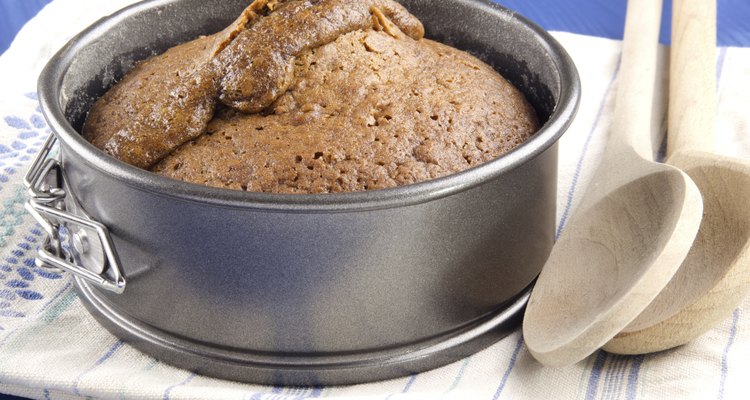
Szakaly/iStock/Getty Images
For everyone except bakers, the color black exerts a definite charisma. It's iconic in the fashion world, and both automobiles and high-tech electronics rely heavily on its sleek allure. For bakers, on the other hand, black is the color of badly overbaked treats and -- often -- the pans that helped them get that way. Dark-colored pans cause very rapid browning, but experienced bakers know how to compensate for this or even turn it to their advantage.
Matte Is the New Black
Dark pans are problematic because of simple physics: They absorb heat, while pale-colored pans reflect it. This holds true for either your grandmother's cookie sheets, darkened by the patina of decades of use, or their modern equivalents with anodized non-stick coatings. Professional bakers understand this effect, and almost without exception use heavy-duty aluminum pans with a pale matte finish for the sake of predictability. That doesn't mean you should discard your pans if they're dark, just that you need to learn and understand their characteristics.
Give 'Em A Hand
The browning effect is greatest when heat transfers unimpeded from oven to pan to food, so interrupting the transfer of heat is one useful strategy. Simply lining your dark pan with parchment paper makes a notable difference in the browning of cookies, cakes or loaves. On cookie sheets, non-stick aluminum foil is another suitable option. If your baked goods tend to darken or scorch on the bottom, place a cookie sheet underneath the pan to deflect some of the incoming heat. With cookies, doubling the sheet creates an insulating air pocket in between and increases the protection against browning.
The Big Guns
If you frequently bake cookies that brown easily -- recipes high in both fat and sugar, such as delicate spritz cookies, are often the worst offenders -- consider lining the pan with a silicon mat. This inhibits browning sharply, usually producing only the palest-gold finish even on a dark pan. For cake bakers, frustrated by hard, crusty edges and excessive doming, cake strips are the answer. They're insulating wraps you secure around the pan, slowing the transfer of heat and helping your cake bake evenly.
Time and Temperature
Another option is simply manipulating your baking time or temperature to compensate for the pans. For example, staff baker P.J. Hamel at King Arthur Flour found that her test cookies baked perfectly in six minutes on her grandmother's dark pan, but took 13 on a shiny pan lined with parchment. Shorter times work best with quick-baking items such as cookies, muffins and biscuits. For cakes, sweet loaves, breads and other longer-baking items, reducing your baking temperature is often the better option. Try reducing your oven's temperature by 25 degrees Fahrenheit and then increasing it as needed until you find the right level for each recipe.
It's Not All Bad
The peculiarities of dark pans can be a nasty surprise if you're not used to them, or if you switch between dark and light, but they're still useful. Once you've gotten your technique in sync with the pans, their quick-browning character can be useful. For example, when you're turning out hundreds of cookies for the holidays, six minutes per sheet beats 13 minutes hands-down. Dark pans' crust-forming prowess is also a positive with many kinds of breads and rolls. Match the recipe to the pan and enjoy both for what they bring to your baking.
Related Articles
How to Get Perfect Brown Crust on Pound ...
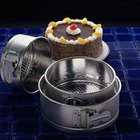
How to Keep Cake Edges From Hardening ...

How to Bake Bread in Stoneware

What Causes Uneven Baking in Cookies?
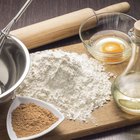
How to Stop Cakes From Dropping

How to Refinish Cast Iron Cornstick Pans

Are Teflon-Coated Pans Oven-Safe?

How to Cook in a Cast-Iron Corn Muffin ...

Why Won't My Pizza Dough Brown?

Does Heat Transfer Evenly Through ...
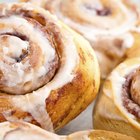
How to Cook Cinnamon Rolls in the ...

Why Is My Cake Dry & Crumbly?

Why Does Food Stick to a Non Stick Pan?

Can I Put Food on a Baking Sheet for ...

What Temperature to Cook Scones?

What Causes Dry & Hard Muffins?
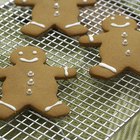
What Is a Baking Wire Rack?
Easy Homemade Chocolate Chip Cookies ...

A Substitution for a Perforated Baking ...
What Gives Pumpernickel Bread Its Dark ...
References
Writer Bio
Fred Decker is a trained chef and prolific freelance writer. In previous careers, he sold insurance and mutual funds, and was a longtime retailer. He was educated at Memorial University of Newfoundland and the Northern Alberta Institute of Technology. His articles have appeared on numerous home and garden sites including GoneOutdoors, TheNest and eHow.
Photo Credits
Szakaly/iStock/Getty Images